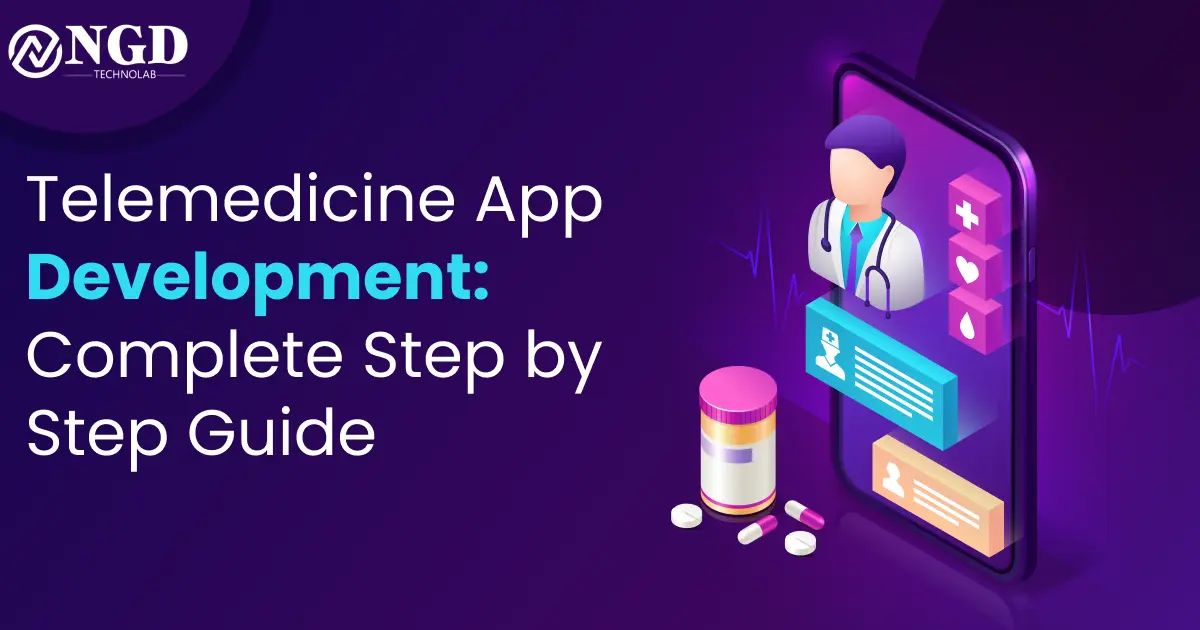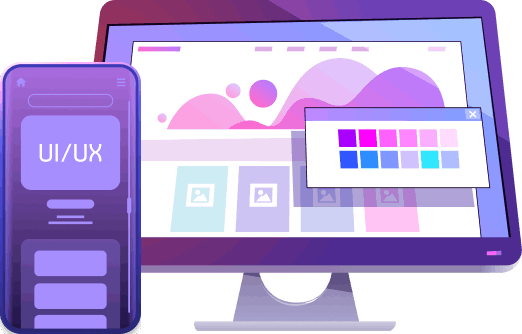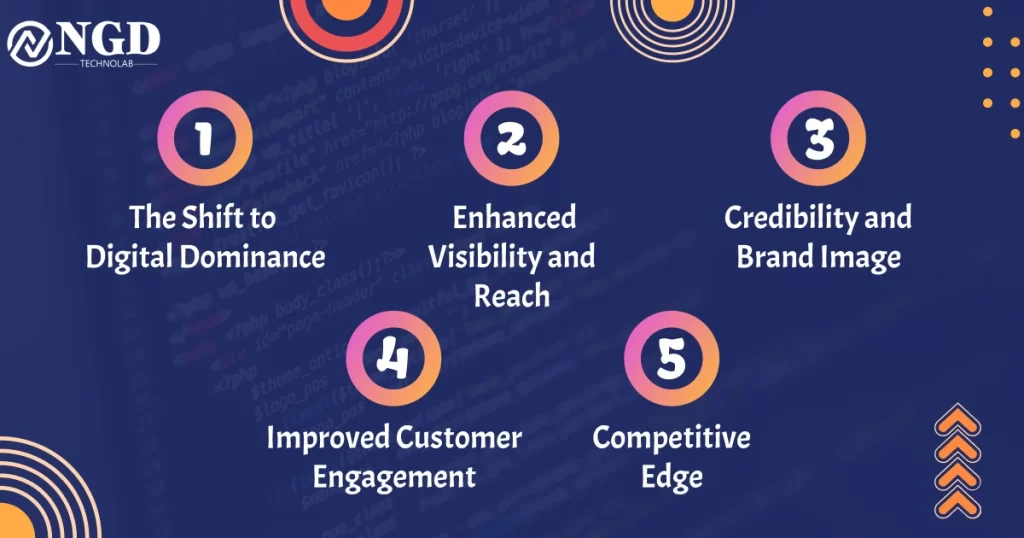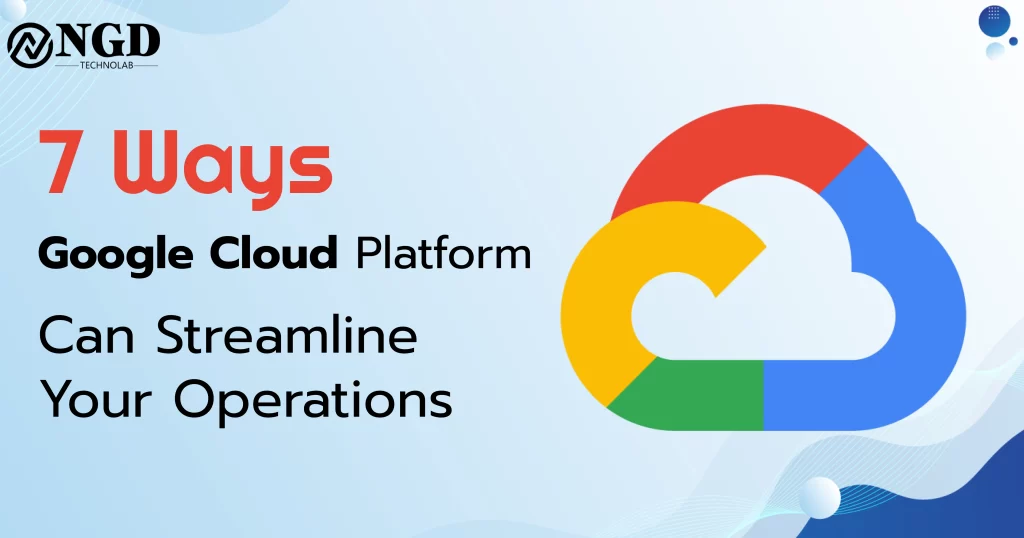Telemedicine App Development: Complete Step by Step Guide
-
Harshid Patel

In the era of digital health solutions, the development of telemedicine apps has emerged as a pivotal advancement. This guide delves into the intricate process of creating a robust telemedicine application, catering to the rising demand for remote healthcare services.
In the dynamic landscape of telemedicine app development, it is crucial to understand the nuances of technology, user expectations, and regulatory frameworks. Let’s embark on a detailed exploration of each key aspect.
Understanding Telemedicine
Telemedicine, a portmanteau of “telecommunication” and “medicine,” encompasses the delivery of healthcare services remotely. This includes consultations, diagnoses, and treatment planning facilitated through digital communication tools.
Key Features of Telemedicine Apps
One of the fundamental features of a telemedicine app is the capability to conduct real-time video consultations between healthcare professionals and patients. This ensures a personalized and interactive healthcare experience.
Ensuring the confidentiality and security of patient data is paramount. Robust data management systems protect sensitive health information, adhering to privacy regulations such as HIPAA.
Telemedicine apps streamline prescription processes and medication management, providing a seamless experience for both healthcare providers and patients.
Planning Your Telemedicine App
Before diving into development, thorough market research helps identify gaps in existing telemedicine solutions. Understanding the target audience ensures that the app caters to specific needs and preferences.
Analyzing competitors provides insights into successful features and potential areas for innovation. This step is crucial for differentiating your telemedicine app in a competitive market.
Navigating the legal landscape of healthcare technology involves compliance with various regulations. Familiarize yourself with regional and global laws governing telemedicine to avoid legal pitfalls.
Choosing the Right Technology Stack
Selecting appropriate technologies for the frontend and backend is pivotal for app performance. User-friendly interfaces and robust backend infrastructure contribute to a seamless user experience.
Incorporating telehealth APIs enhances the functionality of the app, allowing for features like appointment scheduling, virtual waiting rooms, and secure data transmission.
Anticipating future growth is crucial. Scalable architecture ensures the app can accommodate an expanding user base. Security measures, including SSL encryption, safeguard sensitive data.
Development Phase: Step by Step
An intuitive user interface (UI) and user experience (UX) design are crucial for user engagement. A visually appealing and easy-to-navigate app enhances the overall healthcare journey.
The backend serves as the engine of the app, supporting functionalities such as appointment scheduling, video consultations, and data storage. A robust backend ensures seamless operations.
Thorough testing, including usability testing and security audits, is imperative. Identify and rectify any bugs or vulnerabilities before the app reaches end-users.
Ensuring Data Security and Compliance
Implementing SSL encryption secures the communication channel between the app and its servers. This is vital for protecting sensitive patient information during data transmission.
Adherence to healthcare regulations, such as the Health Insurance Portability and Accountability Act (HIPAA), is non-negotiable. Compliance ensures the app meets industry standards for data protection and privacy.
Launching Your Telemedicine App
Optimizing the app for app stores increases visibility. Strategic use of keywords, compelling descriptions, and engaging visuals contribute to a higher ranking in app store searches.
Create a robust marketing plan to introduce the app to the target audience. Utilize digital marketing channels, social media, and collaborations with healthcare professionals to build awareness.
Post-Launch Considerations
Encourage user feedback to identify areas for improvement. Regular updates and iterations based on user input enhance the app’s functionality and user satisfaction.
Prepare for scalability as the user base grows. Scalability ensures the app can handle increased traffic and new features without compromising performance.
Conclusion
In conclusion, the journey of telemedicine app development involves a meticulous process from conceptualization to post-launch strategies. Embracing technological advancements, adhering to regulatory standards, and prioritizing user experience are keys to success in this evolving field.
Frequently Asked Questions
Telemedicine refers to the remote delivery of healthcare services using digital communication tools. It differs from traditional healthcare by leveraging technology for virtual consultations, diagnoses, and treatment planning.
Telemedicine apps ensure data security through measures such as SSL encryption for secure data transmission and compliance with healthcare regulations like HIPAA.
Key features include real-time video consultations, secure patient data management, prescription and medication management, appointment scheduling, and compliance with healthcare regulations.
App Store Optimization (ASO) involves strategic keyword use, compelling descriptions, and engaging visuals to increase visibility and ranking in app store searches.
Post-launch considerations include gathering user feedback for iterative improvements, scaling the app for increased user base, and staying updated with technological advancements in healthcare.
Get Free consultation and let us know about your custom web and Mobile App project idea

Over 14+ years of work experience, we have built 210+ web and mobile apps
We can help you with
- Dedicated Developer
- delivering high-quality development
- Custom Mobile App Development
- Innovative Solution For Startups and Enterprise
Latest Blogs
Explore the Latest Blogs on Trends and Technology.





